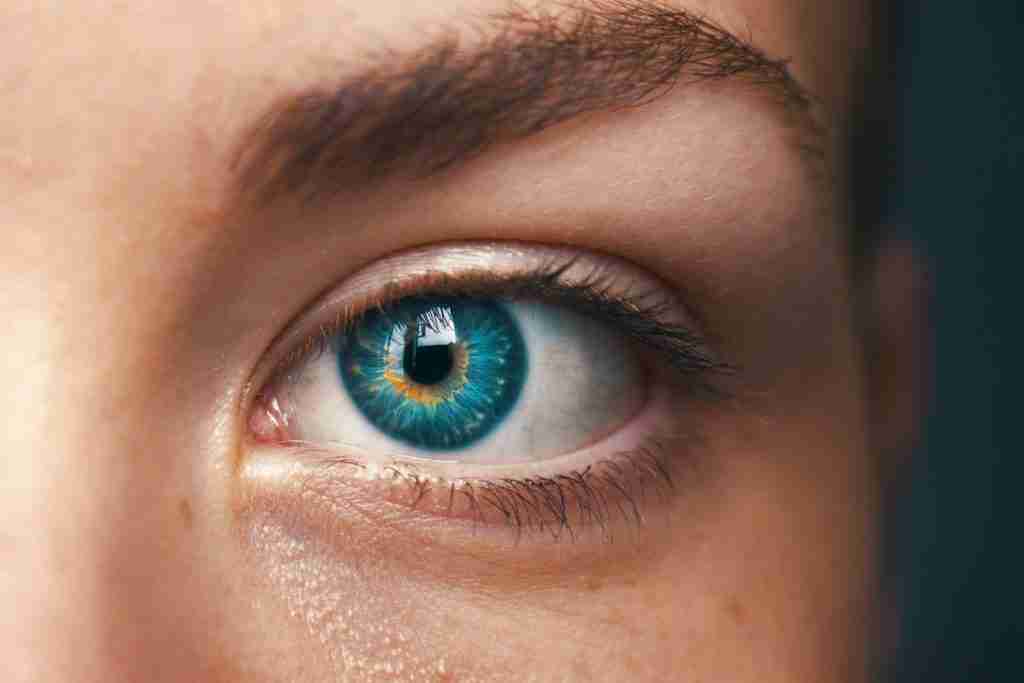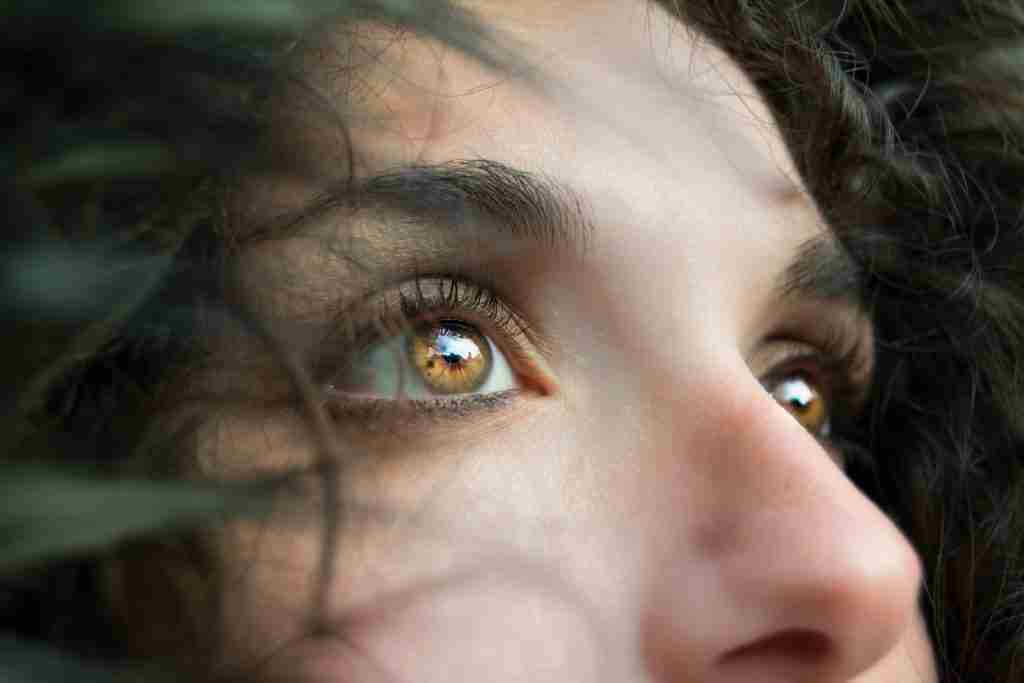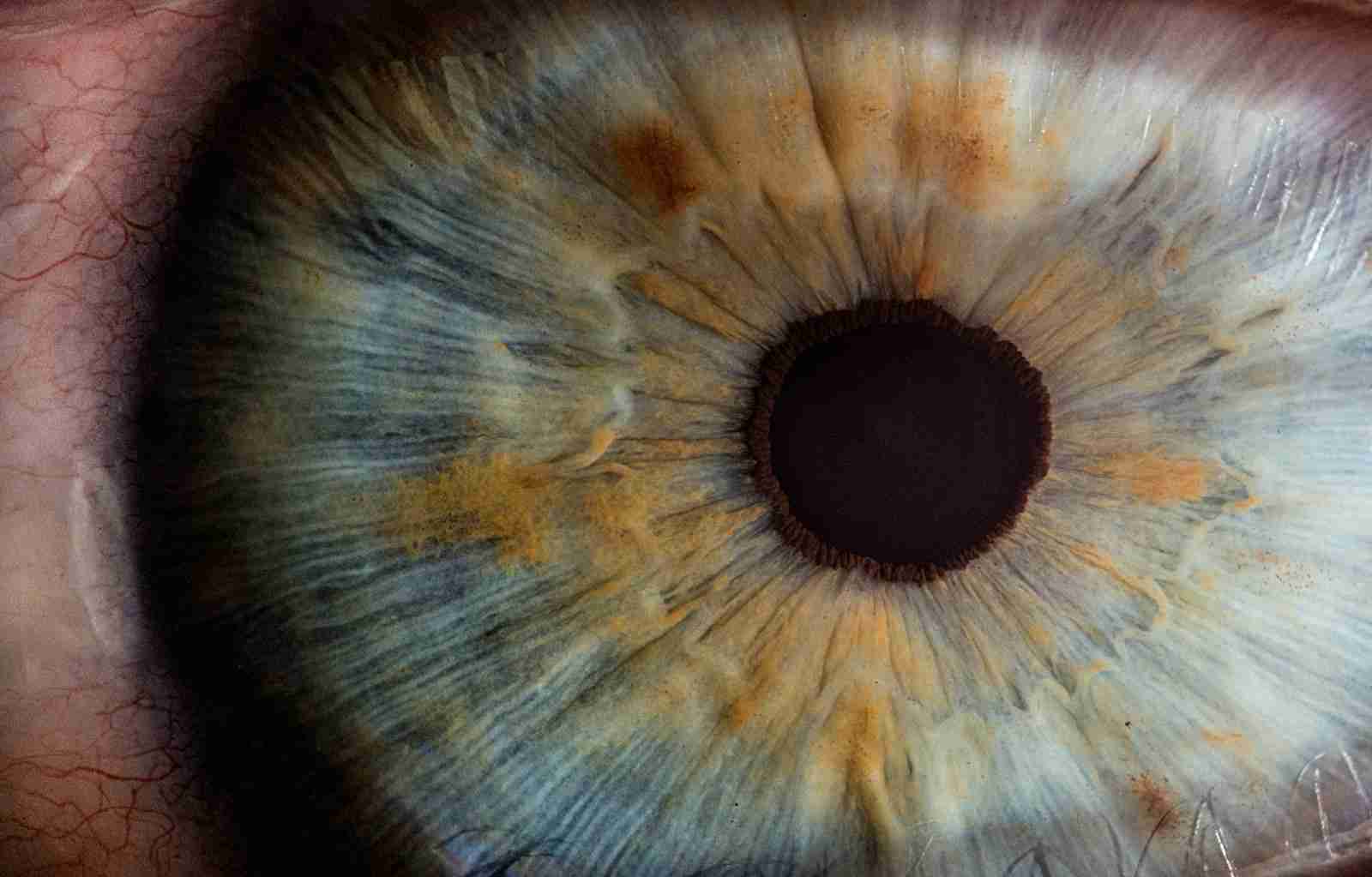21 Fun Facts About Eyes | Test Your Eye-Q
1. The human eye can distinguish around 10 million different colors.
Our eyes have an incredible ability to perceive subtle variations in color. This allows us to experience the world in a richly detailed and vibrant way.
This highlights the remarkable complexity and sensitivity of human vision. It emphasizes the range of colors that our eyes allow us to appreciate.
2. Owls have tubular eyes that can’t move within their sockets.
Owls’ large, forward-facing eyes are fixed in place. To compensate for this limited range of motion, owls can rotate their heads an impressive 270 degrees.
This showcases a unique adaptation in the animal kingdom. It highlights how different creatures have evolved specialized eye structures for their needs.
3. Some people are born with eyes of two different colors.
This condition is called complete heterochromia, a rare variation where each iris is entirely distinct in color. This creates a stunning and unusual appearance.
This adds another layer of fascination to the genetic diversity that can occur within eye coloration. It’s a captivating example of natural variation.
4. About 80% of our learning comes through our eyes.
Sight is our dominant sense, playing a crucial role in how we understand and interact with the world. This emphasizes the importance of vision in education and daily life.
This fact reminds us to appreciate the power of our eyes. It encourages us to protect our eyesight for optimal learning and experience.
5. Your eyes stay the same size from birth onward.
Unlike other parts of our body, our eyeballs reach their full size at birth and don’t grow any further throughout our lives.
This sheds light on a unique aspect of human growth and development where certain features reach their full size early on.
6. Your eyes focus on objects at different distances by changing their shape.
Tiny muscles within the eye subtly adjust the lens to bring objects into focus. This happens rapidly and automatically, allowing for clear vision across various distances.
This sheds light on the intricate mechanisms at work within our eyes. It underscores the dynamic nature of our vision, constantly adjusting to our environment.
7. Eyelashes have a short lifespan of about 5 months.
Like the hair on our head, eyelashes grow, fall out, and are replaced in a natural cycle. This helps maintain healthy and strong lashes.
This highlights the process of renewal within our bodies, even in the smaller details like eyelashes.
8. The images our eyes receive are actually upside down.

Our brain have the remarkable ability to flip the images from our eyes the right way up. This allows us to perceive the world in its actual orientation.
This showcases the incredible adaptability of the brain-eye connection. It adds a layer of complexity to the process of vision.
9. Eyes start developing just two weeks after conception.
Eye development is a complex and rapid process that begins very early in pregnancy. This underscores the importance of prenatal care for healthy eye development in babies.
This is a reminder of the remarkable growth and development that happens even before birth. It adds another dimension to fun facts about eyes.
10. Pirates may have worn eye patches to quickly adapt to darkness below deck.
One theory suggests pirates kept one eye covered for easier adjustment when going below deck. While not definitively proven, this idea adds intrigue to the classic image of a pirate.
This offers a historical perspective with a touch of mystery. It’s a lighthearted example of how eyes inspire interesting theories.
11. Carrots are good for your eyes, but they won’t give you superhuman vision.
While carrots are rich in Vitamin A, which is important for eye health, they won’t magically enhance your sight. A balanced diet is key for overall eye health.
This fact dispels a common misconception while still highlighting the importance of nutrition. It encourages a balanced approach to eye care.
12. Heterochromia is a condition where a person has two different colored eyes.

This rare genetic variation results in a striking and unique appearance. It can also occur in animals, like cats and dogs.
This demonstrates the fascinating diversity within eye color possibilities. It adds a captivating element to the study of eyes.
13. Your eye color is completely unique, just like your fingerprints.
The patterns and pigmentation in your iris create a one-of-a-kind design. No two people have the exact same eye color, not even identical twins!
This fact underscores the intricate detail and individuality within the human body. It also makes your eye color a special part of your identity.
14. Eyes can change color over time.
While rare in adults, eye color changes are more common in babies. Factors like melanin production and aging can cause subtle shifts in eye color throughout your life.
This highlights the dynamic nature of our bodies. It adds an element of surprise, as something as seemingly consistent as eye color can evolve.
15. Newborns don’t produce tears when they cry.
It takes a few weeks for babies’ tear ducts to fully develop. Their cries may be loud but tearless in those early weeks of life.
This offers a glimpse into the stages of human development. It’s a reminder that our bodies’ functions take time to mature.
16. Humans blink around 15-20 times per minute.

Blinking keeps our eyes moist, cleans them, and gives our brains a short rest. This automatic action is essential for maintaining healthy eye function.
This highlights the unnoticed bodily processes that keep us going. It’s a reminder of the intricate ways our eyes are designed for optimal performance.
17. The eye muscles are the fastest muscles in your body.
These muscles make very fast and precise adjustments, allowing our eyes to constantly adapt to movement and changing visual information.
This fact emphasizes the speed and responsiveness of our eyes as they work to keep up with our dynamic environment.
18. The fear of eyes is called ommatophobia.
People with this phobia experience anxiety or panic at the sight of eyes or images of eyes. While uncommon, this phobia demonstrates the diverse range of human fears.
This introduces a lesser-known psychological condition related to vision. It highlights how even something as familiar as eyes can trigger intense responses for some, offering a unique perspective on eyes facts.
19. Your eyes can get sunburned.
Prolonged exposure to UV rays can damage the cornea, the eye’s outer layer. It’s important to protect your eyes with sunglasses and hats, especially in bright sunlight.
This fact sheds light on eye vulnerabilities. It’s a reminder to prioritize eye protection, just as we protect our skin from the sun.
20. Brown is the most common eye color in the world, which is one of the interesting fun facts about eyes.

While beautiful variations abound, brown eyes are the dominant color found across human populations globally.
This fact offers a perspective on the distribution of eye colors worldwide. It reminds us that even within diversity, certain traits occur more frequently.
21. Eyes start developing just two weeks after conception.
Eye development is a complex and rapid process that begins very early in pregnancy. This underscores the importance of prenatal care for healthy eye development in babies.
This is a reminder of the remarkable growth and development that happens even before birth. It adds another dimension to fun facts about eyes.
FAQs
Eyecare is crucial for maintaining healthy vision and detecting potential eye diseases early. Regular eye exams can help identify issues like nearsightedness, farsightedness, glaucoma, and cataracts, ensuring timely treatment and preserving clear vision.
Eye drops are medications designed to treat a variety of eye conditions, such as dry eyes, redness, allergies, and infections. They provide relief and help maintain the health and comfort of the eyes
The color of a person’s eyes is determined by the amount and distribution of melanin in the iris. Different levels of melanin result in various eye colors, such as brown, blue, green, hazel, and gray.
Eyesight naturally changes throughout life. Many people develop presbyopia (difficulty focusing up close) in their 40s. Other age-related eye conditions like cataracts and glaucoma become more common.
The human eye functions much like a camera, with the cornea and lens focusing light onto the retina at the back of the eye. The retina contains photoreceptor cells called rods and cones, which convert light into electrical signals that are sent to the brain via the optic nerve.







